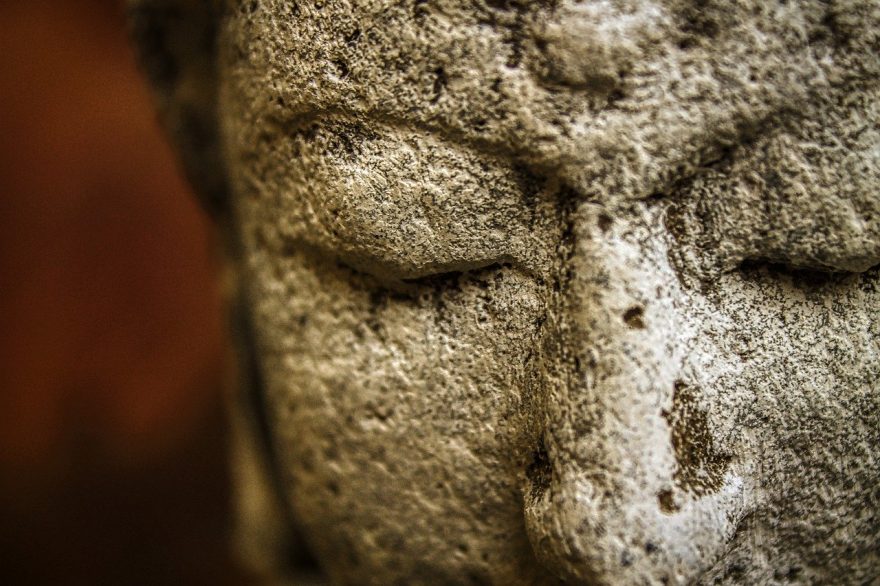Siddhartha Essay on Spiritual Enlightenment

Photo by Patrikphotos from Pixabay
Which Approaches Does Siddhartha Use to Reach Spiritual Enlightenment? Which of Them Are Successful and Why?
Siddhartha is a novel by German author Hermann Hesse, first published in 1922 in Germany. The book is about the spiritual journey of self-discovery of the main character, named Siddhartha. Siddhartha grew up in an affluent family, member of the Hindu caste Brahmin and has a good life, but finds that he is restless and dissatisfied, so he decides to embark on a journey to seek enlightenment and find inner peace. He leaves his village, accompanied by his best friend Govinda and they spend several years with the Samanas. Among the Samanas, he takes on asceticism in the pursuit of conquering his “Self.” He fasts and becomes a homeless beggar, in essence, renouncing all personal possessions. He meditates and follows the Buddha order. He eventually realizes that the rituals here are just another form of escapism, similar to that experienced under Brahmism. Together with Govinda, they listen to the teachings of Buddha and learn the virtues of thinking, waiting, and fasting. After conversing with Gotama, who is Buddha, about the process of enlightenment and that wisdom, cannot be communicated but must be experienced first-hand, Siddhartha eventually decides to continue his journey alone and leaves the Samanas. He departs alone, with Govinda having become a disciple of Gotama.
While continuing his journey alone, he contemplates how far he has gone in his spiritual journey and realizes that up until now, he has sought to escape or flee from his self, thus is evermore less aware and also realizes that his lack of knowledge derived from fear.
Siddhartha continues his journey and becomes indifferent to possessions and worldly people. He crosses a river with the help of a ferryman and meets Kamala. She introduces to him the art of love, while he must succeed in business and in achieving a luxurious lifestyle, but soon is again dissatisfied with life and existence, as he has failed to reach Nirvana, and so he leaves the busy city after many years have passed. He returns to the river he once crossed and eventually continues his life aside from the ferryman he once met, Vasudeva.
Throughout his life and journeys, Siddhartha took many approaches to reach spiritual enlightenment, failing many times but finally succeeding in the end.
First, the most obvious means for achieving enlightenment was to empty himself. In the novel, it is stated that a “goal stood before Siddhartha, a single goal: to become empty, empty of thirst, empty of wishing, empty of dreams, empty of joy and sorrow. Dead to himself, not to be a self anymore, to find tranquility with an emptied heard, to be open to miracles in unselfish thoughts, that was his goal” (Lee, 2014). He renounced all material things in order to grow empty and become enlightened. This approach did not lead to satisfying his goals, and he realizes that enlightenment must come from within him.
Among his attempts, he tried to find enlightenment through connecting with nature and being attentive to the natural environment, based in part on conversations and later teachings of the ferryman. He succeeded in attaining enlightenment through nature, as he found the optimal balance between two extremities, one being asceticism and complete deprivation and the other being the material world. Among the Samanas, he took on rituals to deprive himself of material things, and then with Kamala, he had to prove his ability to attain material wealth. He found enlightenment through unity and balance between the two.
Siddhartha also attained enlightenment through communicating less. Enlightenment was to be sought in the realm of what cannot be passed on verbally (knowledge), and what is even more important is that wisdom can be gained through progressions that cannot be communicated in words. He achieved enlightenment by listening to the river.
The theme of love is also worth mentioning with regard to Siddhartha’s journey toward spiritual enlightenment. On the one hand, love presented a challenge for him in finding his “self,” because he derails further in his journey when he begins to become involved with the material world. However, once he does find enlightenment, he realizes the difference between individualistic love and feeling love for all things around him. The latter helps him become enlightened and discover a profound universal love.
In conclusion, I think that his journeys together led to enlightenment – as if he had not experienced first-hand the suffering and dissatisfaction early on, he would not have continued his search. In the end, he made realizations that had come from a balance of his past experiences.
Works Cited
- Houen, C. (2017, April 1). A spiritual journey: Siddhartha by Herman Hesse. Retrieved November 24, 2017, from memoryandyou.wordpress.com/2012/04/01/a-spiritual-journey-siddhartha-by-herman-hesse/
- About Siddhartha. (n.d.). Retrieved November 24, 2017, from www.cliffsnotes.com/literature/s/siddhartha/about-siddhartha
- Lee, A. (2014). Hermann Hesse’s Siddhartha: An Open Source Reader. The Reading Selection from “With the Samanas. Retrieved November 24, 2017, from http://philosophy.lander.edu/oriental/siddhartha/x466.html
This Siddhartha essay can prevent you from getting a low grade. Reading this sample through will allow you to come up with great ideas for your own writing. You can begin writing more effectively if you have a template written on a similar topic. This Siddhartha analysis essay is the most important helper if you want to write a paper on your own, as well as this Siddhartha Essay Sample.
If you are visiting our service for the first time, we want to tell you that it is the right place to buy an essay from. Getting our help is easy – you just need to place an order mentioning your requirements and setting the deadline. Stay calm and leave your writing assignment to us – we will solve your problem easily!
